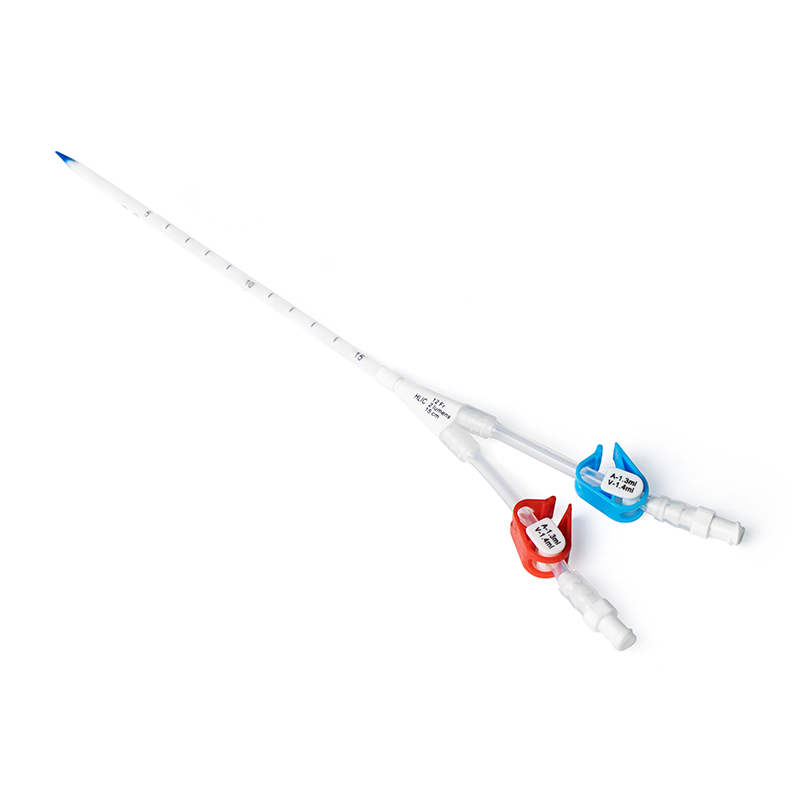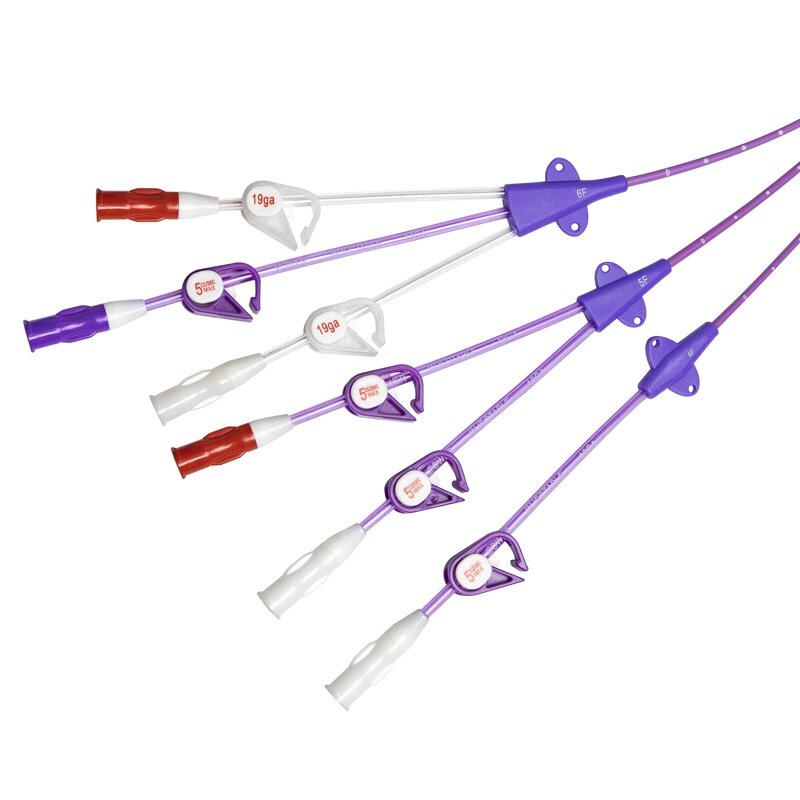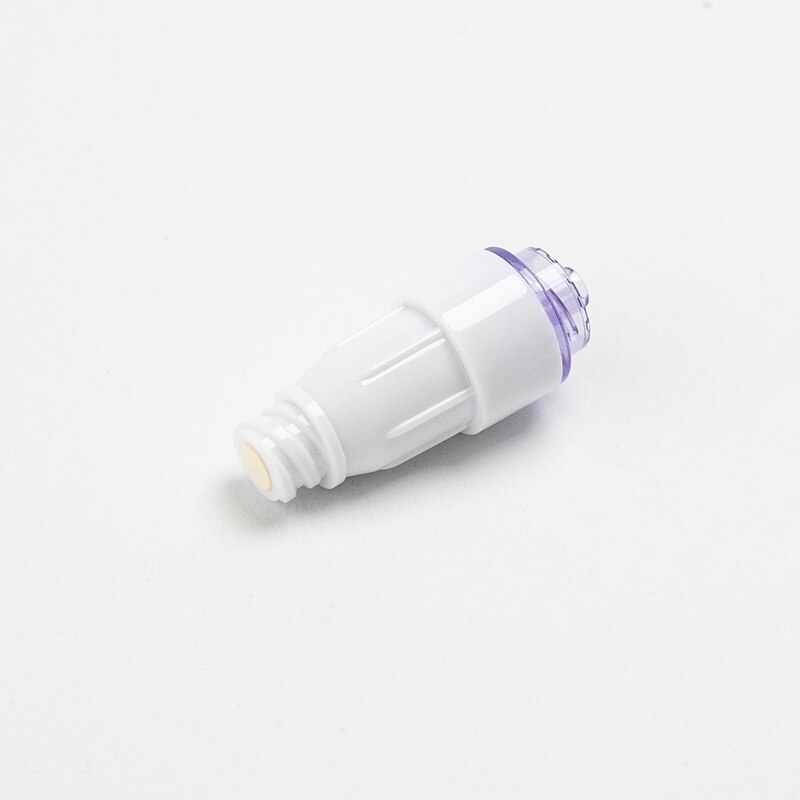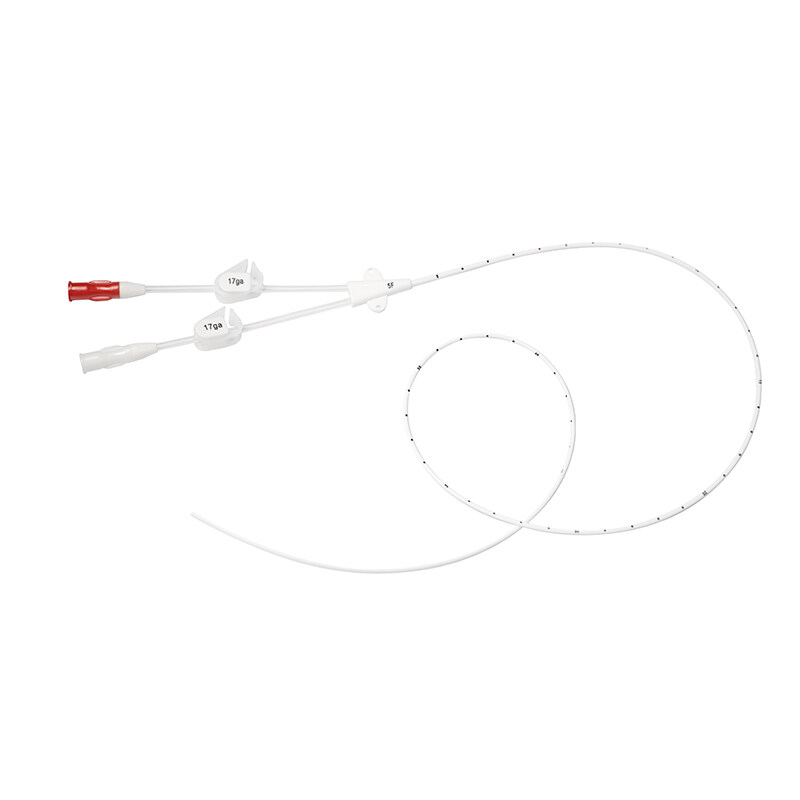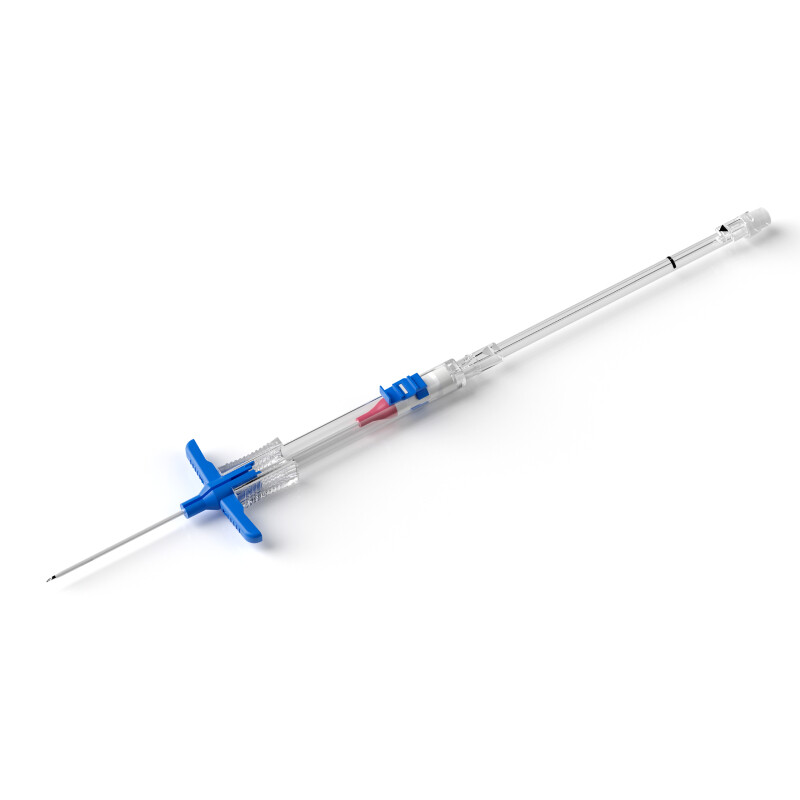Midline catheters play a crucial role in modern healthcare, providing a reliable means of intravenous access for patients requiring extended medical treatment. To ensure the safety and success of midline catheterization, proper infection control measures are paramount.
Midline Catheter Kit
A midline catheter is a long, flexible tube inserted into a peripheral vein of the upper arm and threaded into the larger veins of the upper body. These catheters are designed to remain in place for an extended period, making them an ideal choice for patients with prolonged treatment requirements, reducing the need for frequent needle sticks.
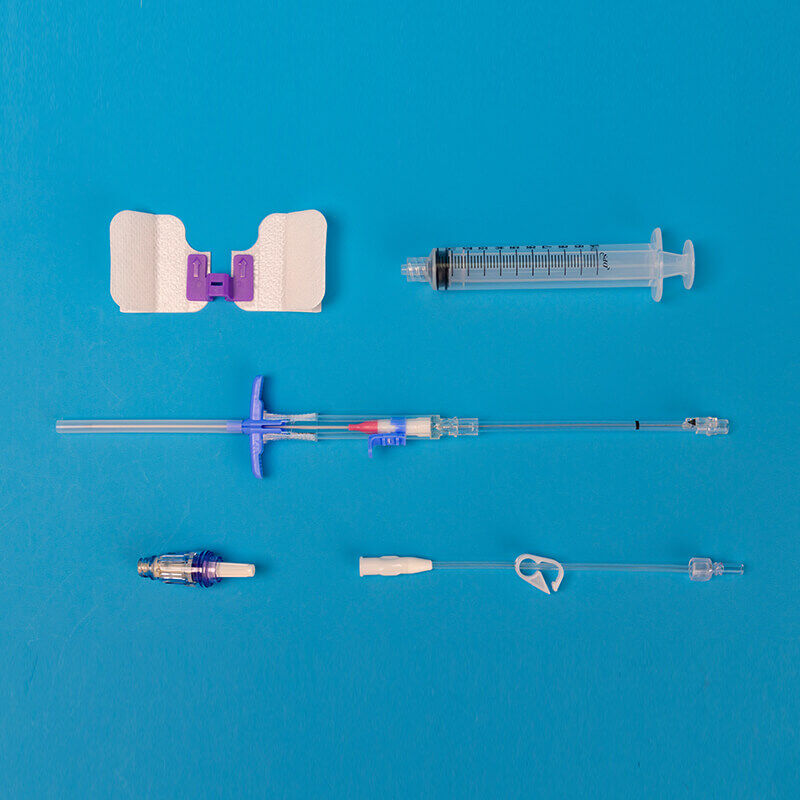
Infection Control Measures & Midline Catheter Care
● Hand Hygiene
Before any midline catheter-related procedure, healthcare professionals must practice thorough hand hygiene. The cleaning step is the cornerstone of infection prevention.
● Sterile Technique
During midline catheter insertion and dressing changes, sterile techniques should be strictly observed to minimize the risk of introducing harmful microorganisms.
● Site Selection and Preparation
The midline catheter insertion site should be carefully chosen, avoiding areas with signs of infection, infiltration, or previous punctures. The skin should be cleansed with an appropriate antiseptic solution.
● Aseptic Dressing Changes
Regular dressing changes must be performed using aseptic techniques to protect the insertion site from contamination.
● Proper Catheter Securement
Adequate catheter securement devices should be utilized to prevent accidental dislodgment and reduce the risk of infection.
FAQs About Midline Catheters and Infection Control
Q1: Are There Potential Complications of Midline Catheters?
A1: While midline catheters are generally safe, complications can occur. Midline catheter complications may include catheter-related bloodstream infections, catheter dislodgment, thrombosis, and local site infections. Proper infection control measures can significantly reduce these risks.
Q2: Can Midline Catheters Be Used for All Patients and Medical Conditions?
A2: Midline catheters are suitable for patients who require medium-term intravenous therapy but are not suitable for certain medical conditions, such as those requiring rapid or aggressive treatment.
Q3: How Often Should Midline Catheter Dressings Be Changed?
A3: Dressings should be changed according to facility protocols, typically every 7 days or sooner if they become soiled, loose, or compromised.
Q4: How Do Patients Care for Midline Catheters at Home?
A4: For patients who have had a midline catheter inserted and are being treated at home, it is important to follow the doctor's instructions carefully. Keep the insertion site clean and dry and avoid getting it wet in the bath or shower. If the dressing becomes soiled or loose, or if there are other related problems, a healthcare provider should be contacted immediately for instructions.
Q5: Is It Possible to Participate in Activities After Midline Catheter Insertion?
A5: Midline catheters allow for more freedom of movement compared to traditional peripheral IV lines. But the patient should avoid excessive bending or strenuous activity, which may cause the catheter to dislodge.
Conclusion
Midline catheter kits are one of the valuable modern medical tools that facilitate long-term intravenous therapy with minimal discomfort to patients. Effective infection control measures are pivotal in ensuring the success and safety of midline catheters. By staying informed and following the guidelines set by healthcare professionals, patients can experience a smoother and safer treatment journey while benefiting from the convenience and efficiency of midline catheters.

